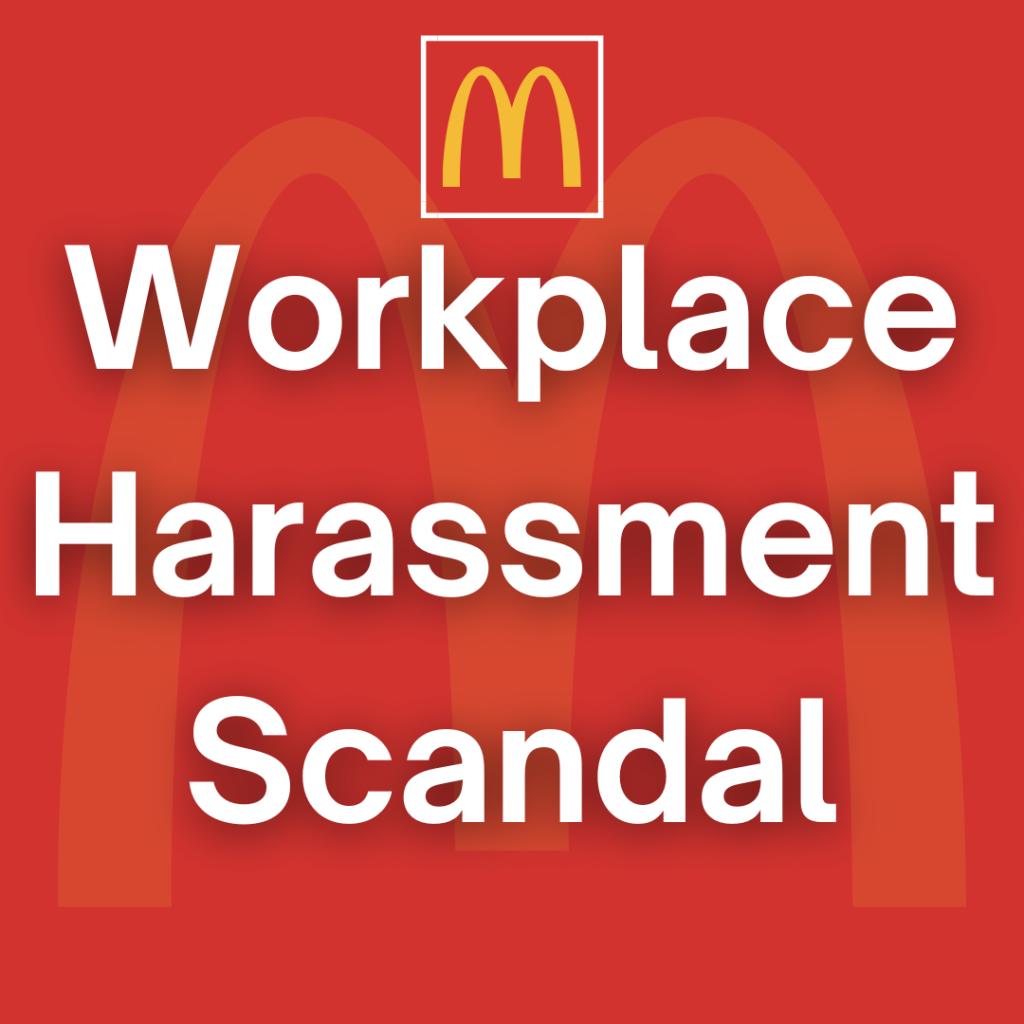What to consider and potential pitfalls
There are advantages to securing a long lease for your business premises. As a tenant, you may want to invest and build up goodwill in a particular location. Your customers may strongly associate your business with that location, or it might be essential that you are in that particular area near to other amenities or suppliers ancillary to your business. You may want to be sure you will not have to move premises for a considerable period. As a landlord, you might prefer to tie in your tenant for a long time for the certainty of income from your property and to save the cost and time involved in renewing leases frequently.
On the other hand, in times of economic uncertainty, a commercial landlord and tenant may have good reasons for not wanting to be tied into a very long lease. A landlord may want the option of being able to sell or develop the property in the near future instead of letting it. The tenant may not be certain of the financial viability of their business over a very long term and may want the option to get out early instead of being tied to say a full 10-year term. This is where break clauses come in.
Due to the economic fallout from Covid-19, many commercial landlords and tenants might now be checking their leases to see whether they can terminate early, before the end of the full contractual term. This might be because their tenant is unable to pay the rent due to a decline in business, or because as a tenant, the cash flow is reduced, or they have decided they don’t need as much space and need to downsize or switch to remote working.
What is a Break Clause?
In a fixed-term lease, a break clause is a clause which allows either one or both of the parties the option of ending the term early. When the break clause can be exercised, and what the parties must do in order to exercise it, depends on the precise wording of the clause and other relevant terms of the lease. For example, a break clause might give the tenant the option to break the lease only after the first three years of a ten-year term, upon giving six months’ notice in writing to the landlord. The break clause might only be open to being exercised during a short window. It might be a rolling break which can be exercised at any time. It might be available just before any rent review clauses so that the tenant can opt to terminate the lease before the rent increases. The break clause might be dependent upon the tenant not being in breach of other terms of the lease (such as rent payments and repairs) in order to be effective. The break clause might require a party to serve the break notice using a particular method.
How do I take advantage of a Break Clause?
Always check the break clause wording in good time before you want to use it, and I recommend to seek advice on the precise terms. Due to the large variety of break clauses and the strict conditions attached to some, they can lead to disputes. Courts tend to interpret break clauses very strictly. Whether a break clause has been validly exercised can make a significant difference to a landlord and tenant’s financial liabilities. For example, if a tenant thinks they have served a break notice to terminate a ten-year lease at year five, but actually they have not validly exercised the option to break, they can find themselves liable for another five whole years of rent.
Sometimes the meaning of the break clause is not clear because it is drafted ambiguously, and you may need advice on how it should be interpreted. You may have received a break notice from your tenant and you want advice as to whether it has been validly exercised or served. You might be a tenant that wants to serve a break notice and you want to check that you are doing it correctly and that you can rely on it to terminate the lease and release you from your obligations. You might be a landlord or tenant where a break notice has been served but there is a dispute about dilapidations (repairs needed) and who is liable for those/the costs of the repairs. I can assist with all of these break-related queries, including drafting and serving the break notice for you and advising you as to steps you should take before serving the notice to ensure you are complying with the break conditions.
If the lease is a business tenancy under the Landlord and Tenant Act 1954 the landlord and the tenant will need to take that into account and may have to also serve additional Landlord and Tenant Act 1954 statutory notices at the same time as serving any break notice, otherwise the lease will not be validly terminated. I recommend you take advice as to whether the lease is a 1954 Act lease, and what steps you are required to take to effectively break the lease.
For more information and advice on Commercial Landlords and Tenants thinking about exercising a break clause in a lease contact Sarah Coates-Madden.







